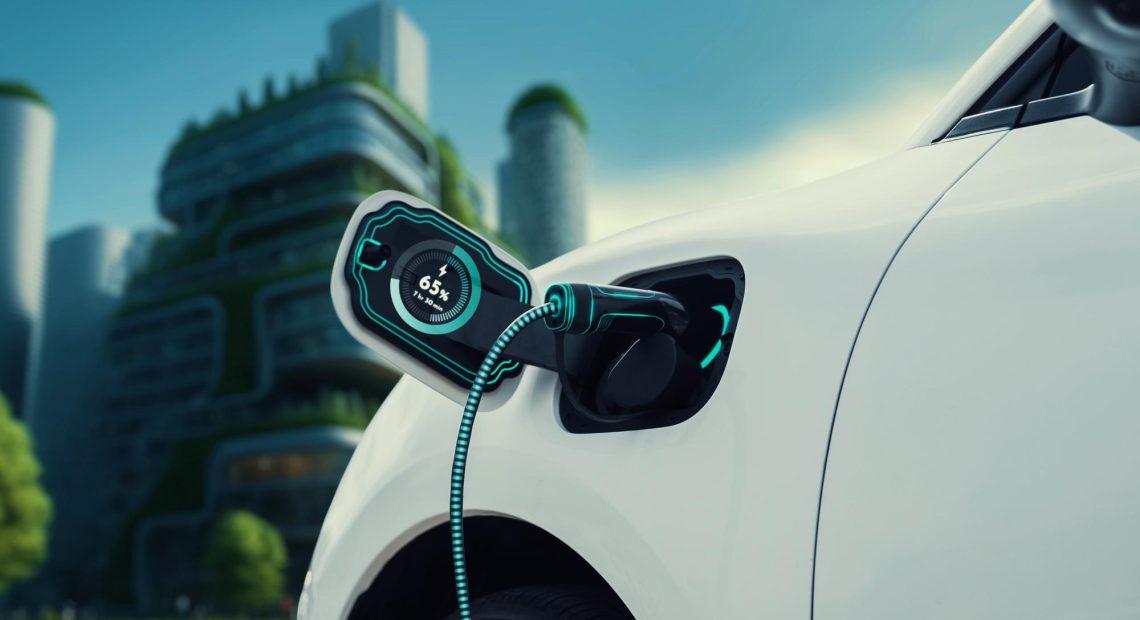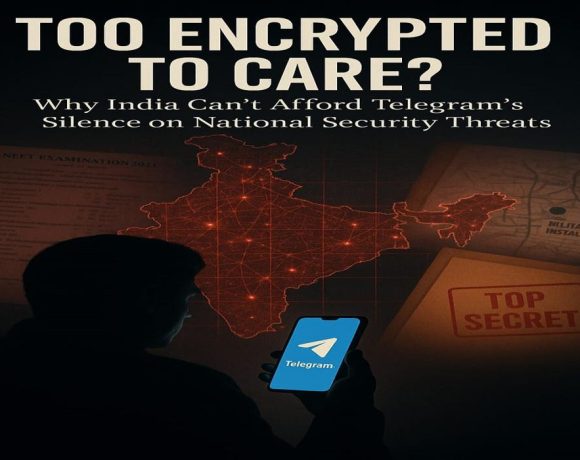
Hybrid Cars, Not Just Scooters: Where Ola’s Rare-Earth-Free Motor Could Find Its Place
When Ola Electric announced that it had secured certification for its rare-earth-free ferrite motor at the Global Automotive Research Centre (GARC) in Tamil Nadu, the headlines naturally revolved around scooters. After all, Ola’s flagship is the S1 series, and its 7 kW and 11 kW motor variants fit neatly into the two-wheeler and small three-wheeler market. But to stop there would be to miss the larger picture. The real battlefield is India’s hybrid car market, where this technology could quietly shift the balance of power — if the right choices are made.
Why Hybrids Are the Real Target
Hybrid cars in India are no longer a curiosity. Maruti Suzuki’s SHVS (Smart Hybrid Vehicle by Suzuki) has been selling for years, giving buyers stop-start functionality and mild torque assist in cars like the Ciaz and Ertiga. The newer Grand Vitara and Toyota Urban Cruiser Hyryder have made hybrids mainstream, and Toyota’s Fortuner has gone a step further by introducing its “Neo Drive” 48V mild-hybrid system.
Yet, all these vehicles run on motors that are modest in power: 2–5 kW integrated starter-generators supplied by Bosch, Denso, or Valeo. They deliver some fuel efficiency gains, but the torque assist is limited. It’s the kind of technology that lets politicians brag about “green mobility” while the drivers feel little difference.
Now compare this with Ola’s certified 7–11 kW ferrite motors. These are not just bigger numbers; they represent a leap in capability. Almost double the power of conventional mild-hybrid units means stronger torque fill, more effective regenerative braking, and fuel economy gains that could finally be felt by the end user. For a middle-class Indian family deciding whether to stretch its budget for a hybrid, the prospect of 10–15 percent real-world efficiency gains is far more persuasive than a polite “eco” badge on the boot lid.
The Cost Equation
But in India, technology is only half the story. The other half is cost. Today, mild-hybrid ISGs cost carmakers anywhere between ₹20,000 and ₹30,000 per unit, thanks to their reliance on imported rare-earth magnets. Ola’s ferrite motor, if manufactured at scale, has the potential to be priced below ₹20,000. That changes the math entirely.
In a market where a ₹50,000 swing in sticker price can make or break a model’s sales, a cheaper and more powerful motor is not just attractive — it’s decisive. If Ola can undercut Bosch or Denso while delivering higher output, Indian OEMs like Maruti and Toyota suddenly have a domestic alternative that checks both the Atmanirbhar Bharat box and the cost-efficiency box.
This is exactly the kind of opportunity where India can break away from decades of dependence on global Tier-1 suppliers. But seizing it will not happen by market forces alone.
Where Government Support Becomes Necessary
This is the inflection point where government support becomes critical. Certification is only the first step. To move from two-wheelers into hybrid cars, Ola will need to:
- Scale up production to automotive-grade volumes.
- Build liquid-cooled, ISO 26262 compliant systems.
- Integrate with OEMs’ ECUs and safety protocols.
- Prove durability across 150,000 km of harsh Indian conditions.
These are not trivial tasks, nor are they cheap. Bosch and Denso have spent decades perfecting them. Ola cannot be expected to bridge that gap alone while burning capital in a cut-throat scooter market. This is where policy must step in — with incentives, testing infrastructure, procurement support, and perhaps even a mandate for rare-earth-free adoption in hybrids over time.
And here’s the blunt truth: if Mr. Piyush Goyal is reading this, he should ask himself what he can do to help Ola make it big on this initiative. Just giving speeches and ridiculing the gig economy is not what this nation demands. The gig workers that he sneers at today are the same ones who will ride the EVs of tomorrow. Policy leadership requires more than lecturing from podiums; it requires creating the industrial base that makes Indian technology competitive against foreign incumbents.
If Goyal wants to leave a legacy beyond soundbites, supporting Ola’s rare-earth-free motor initiative — through subsidies, R&D grants, and export push — would be a far better start than mocking delivery boys who, by the way, keep India’s urban economy running.
The Strategic Payoff
The geopolitical angle makes this even more urgent. China’s dominance over rare-earth refining and magnet production is not an academic concern — it is a strategic chokehold. Already, Beijing has shown its willingness to weaponize this supply chain. India’s automotive sector, which imports heavily from China, is exposed to every twist of Chinese policy.
A certified, homegrown, rare-earth-free motor is not just an industrial achievement; it is a geopolitical lever. If scaled successfully, it reduces India’s vulnerability and gives Indian EVs and hybrids a cost advantage in global markets that are also wary of Chinese dominance.
And beyond geopolitics, there is the consumer reality: an Indian buyer does not care about rare-earth dependency. He cares about EMI affordability and fuel bills. A hybrid car that is ₹30,000 cheaper and 10 percent more fuel-efficient sells itself. That is where Ola’s motor could be a silent revolution — not in glossy speeches, but in dealership showrooms.
Risks and Realities
Yet it would be naïve to declare victory prematurely. Certification under AIS 041 confirms net power equivalence, but it does not answer questions of long-term durability, thermal limits, and real-world performance. Rare-earth-free does not mean problem-free. Ferrite magnets are weaker, and their scaling to higher power four-wheeler applications remains untested.
Moreover, OEMs are conservative. Bosch and Denso supply chains are entrenched, with proven safety records. Switching to Ola means integration costs, ECU recalibration, and supplier risk. Unless Ola is substantially cheaper or demonstrably superior, automakers may prefer to wait.
The Moment to Decide
So, is Ola’s motor a breakthrough? Yes, it is — but only if India treats it as one. If left unsupported, it risks becoming another overhyped pilot project that never crossed the two-wheeler barrier. But if backed with serious industrial policy, it could become the foundation of India’s hybrid revolution, a stepping stone from scooters to cars, from dependency to self-reliance.
History will not remember certification papers or press events. It will remember whether India managed to free itself from the grip of imported rare earths, and whether we built the kind of industrial capacity that makes other nations take us seriously. Ola has handed us an opening. It is now for policymakers, particularly Mr. Goyal, to decide whether they will match words with action.
Because the truth is simple: nations are not built on speeches; they are built on motors that run without asking China’s permission.


















